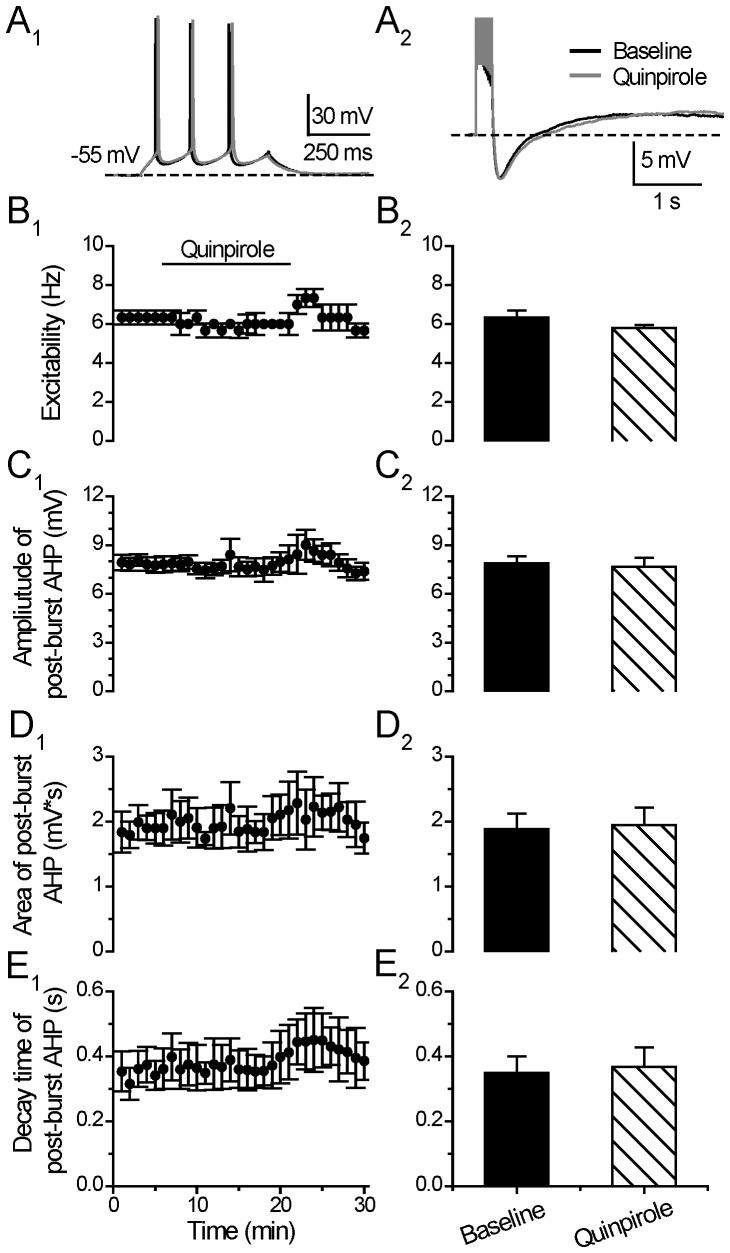Figure 5. D2/3/4 stimulation does not affect neuronal excitability and post-burst AHP.
(A) An example of the effect of D2 receptor agonist Quinpirole (10 µM) on neuronal excitability (left) and post-burst AHP (right). The protocols for excitability test and post-burst AHP recording were run alternately every 30 seconds. (B) Excitability before, during and after 15-min application of Quinpirole (left). Group histograms showing that Quinpirole does not change the neuronal excitability of mPFC neurons (right) (p>0.05 for Quinpirole vs. baseline, paired t-test). (C) Amplitude of post-burst AHP before, during and after 15-min application of Quinpirole (left). Group histograms showing that Quinpirole does not change the amplitude of post-burst AHP (right) (p>0.05 for Quinpirole vs. baseline, paired t-test). (D) Area of post-burst AHP before, during and after 15-min application of Quinpirole (left). Group histograms showing that Quinpirole does not change the area of post-burst AHP (right) (p>0.05 for Quinpirole vs. baseline, paired t-test). (E) Decay time of post-burst AHP before, during and after 15-min application of Quinpirole (left). Group histograms showing that Quinpirole does not change the decay time of post-burst AHP (right) (p>0.05 for Quinpirole vs. baseline, paired t-test).

